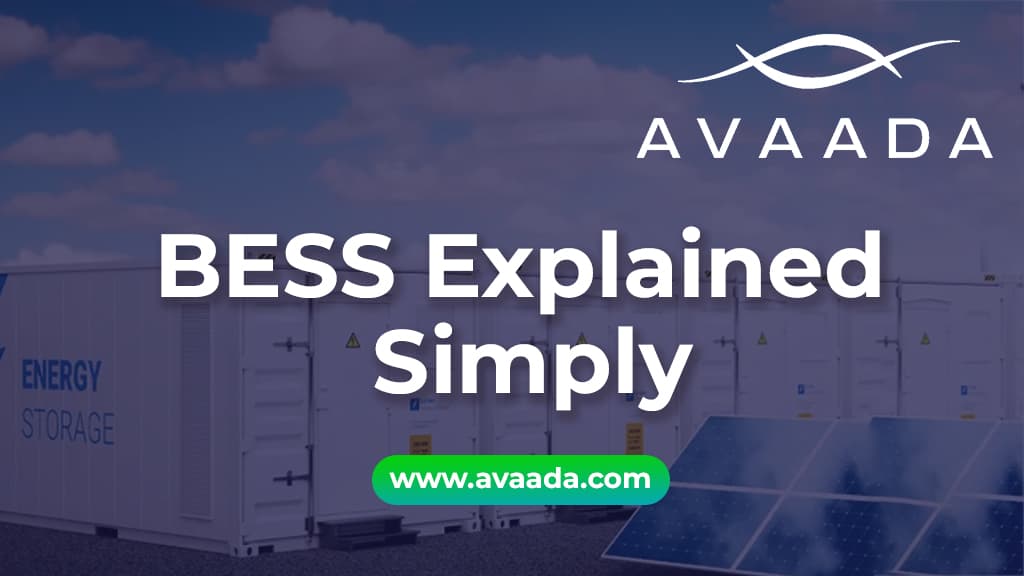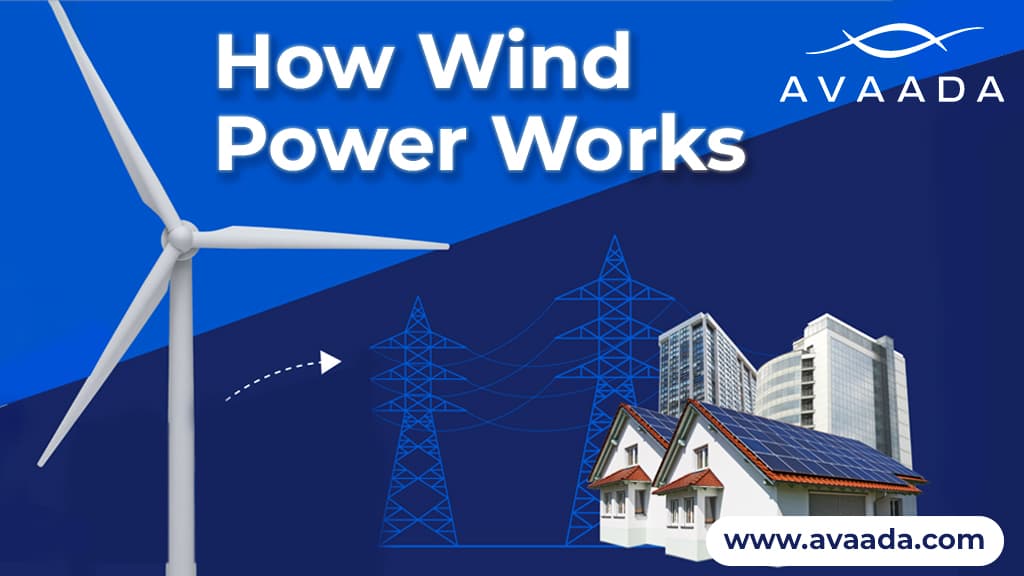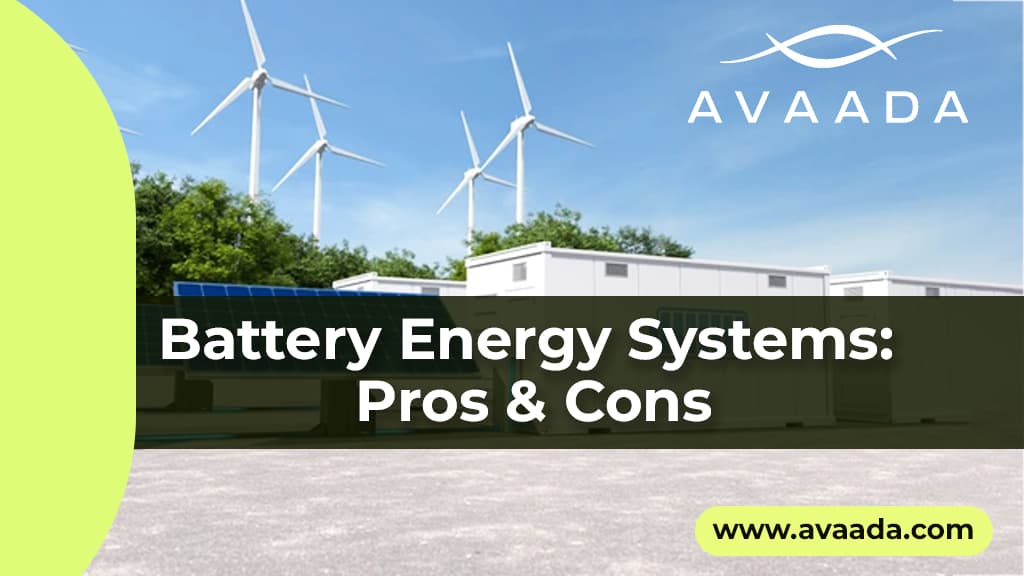With the world progressing towards renewable energy, battery energy storage systems (BESS) are now a cornerstone to enabling the world’s energy transition. In 2025, energy storage technology development is no longer about keeping electricity in storage; it’s all about increasing the reliability of energy, stabilising renewables, and lessening the carbon footprint of power grids.
India, driven by its ambitious push towards renewable energy and electrification, is experiencing a strong surge in demand for state-of-the-art battery storage technologies. Industry leaders like Avaada, the pioneers of clean energy, are putting money into cutting-edge battery energy storage systems to safeguard the future of the country in terms of energy.
This blog explores the top trends that are expected to define BESS in 2025 and how companies like Avaada are shaping the future of sustainable energy storage.
Why Battery Energy Storage Systems Matter
Before diving into the trends, it’s important to understand why BESS is crucial. Battery storage enables:
- Integration of intermittent renewables like solar and wind
- Grid stability and frequency regulation
- Peak load shifting and energy arbitrage
- Backup power for critical infrastructure
- Support for electric vehicle (EV) uptake
With India aiming for 500 GW of non-fossil energy capacity by 2030, BESS is critical to provide a round-the-clock clean energy supply.
Top Trends in Battery Energy Storage Systems for 2025
1 . Emergence of Utility-Scale BESS Projects
Large-scale battery plans are catching on globally, and India is no exception. We expect a sharp ramp-up in utility-scale energy storage plants located adjacent to solar and wind farms by 2025. These large-scale storage plants provide grid operators with gear to better react to variable supply and demand.
Avaada, a leading player in the renewable energy space, is already conceptualising big integrated renewable-plus-storage schemes to enhance grid reliability and make a 24/7 clean power supply possible.
2 . Hybrid Renewable + Storage Solutions
2025 will also see a shift towards hybrid schemes that combine solar, wind, and battery storage. Hybrid schemes allow for maximum utilisation of energy and improved dispatchability. Hybrid projects help:
- Maximise the use of renewable energy
- Maximise the reduction of curtailment of renewable energy
- Maximise land use optimisation
- Offer firm and scheduleable power supply
Avaada’s push towards hybrid energy projects in India places them at the forefront of this trend.
To learn more about Battery Energy Storage Systems, explore our blog on “Pros, Cons and Applications of Battery Energy Systems (BESS)“
3. Lithium-Ion Supremacy with Future Contenders
Even though lithium-ion batteries will continue to lead the BESS market in 2025 due to their maturity and decreasing cost, other chemistries are making progress.
- Sodium-ion batteries: Less expensive and environmentally friendly
- Flow batteries: Long-duration storage is suitable
- Solid-state batteries: Increased energy density and safer
While India scales up renewables, the right chemistry for project applications will be crucial.
4. Energy Storage as a Service (ESaaS)
Additional energy providers are gravitating toward Energy Storage as a Service (ESaaS) models. It allows customers to access battery storage without the capital-intensive initial investment, instead going for subscription or performance-based arrangements.
The model:
- Makes sophisticated storage democratic
- Simplifies small-scale industries and commercial clients
- Promotes distributed energy systems
5. Artificial Intelligence and Smart Battery Management Systems (BMS)
Battery management is critical to the system’s longevity, safety, and performance, including real-time monitoring, cell balancing, and thermal management to prevent failures and optimise lifecycle costs.. In 2025, expect a greater uptake of AI-powered Battery Management Systems that offer real-time monitoring, predictive maintenance, and smart load optimisation.
Smart BMS will:
- Prevent thermal runaway and degradation
- Maximise charge-discharge cycles
- Enhance lifecycle value
These intelligent systems will be essential to the management of India’s growing fleet of BESS in grid-scale and distributed deployment.
6. Government Policy & Storage Mandates
India’s government is being proactive in encouraging storage deployment. Policies such as:
- National Energy Storage Mission
- PLI schemes for battery manufacturing
- Mandates to bid for storage in renewable auctions
are creating a favorable atmosphere for rapid BESS adoption. Policy and demand being in concert, players like Avaada are bridging the gap to offer compliant, scalable, and bankable solutions.
Learn more about the Energy Storage – the Next Challenge in the Energy Transition
Avaada: Driving Energy Storage Innovation
Avaada, a pioneer in India’s renewable energy revolution, is now taking the lead with the battery energy storage business. With its increased pipeline of solar, wind, hybrid, and green hydrogen projects, Avaada is best positioned to incorporate innovative storage solutions as part of its business with Strong pipeline of hybrid renewables & storage projects, strategic partnerships with battery technology companies and Focus on ESG and sustainability
Its ability to scale and evolve makes Avaada a first choice among Indian energy storage companies.
Conclusion
The year 2025 will be an evolutionary year for battery energy storage systems in India and around the world. With technologies evolving, business models disrupting, and policy aligning, the BESS industry is making the transition from being a niche solution to becoming a core enabler of the energy architecture.
As renewable penetration increases, it is only the innovators like Avaada that will steer the future towards sustainability, reliability, and carbon neutrality.








